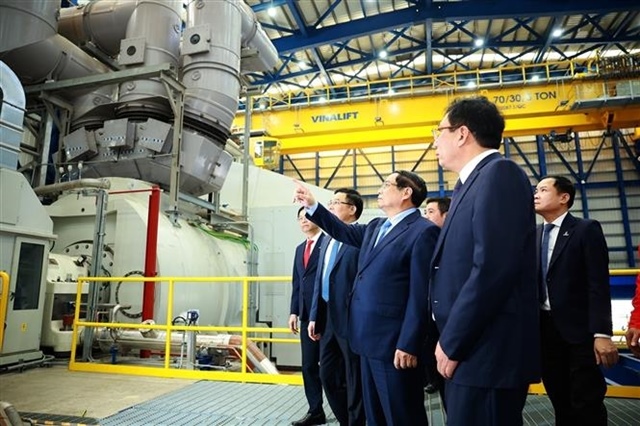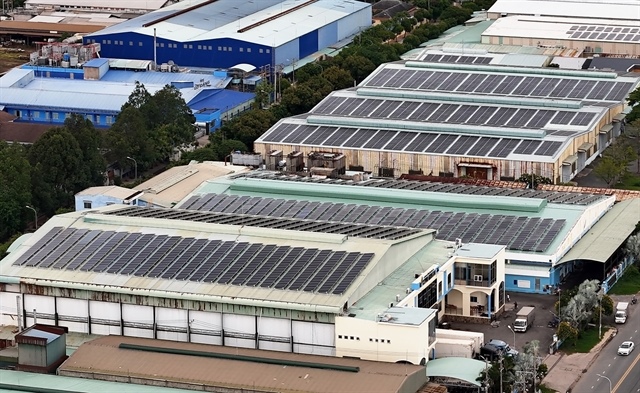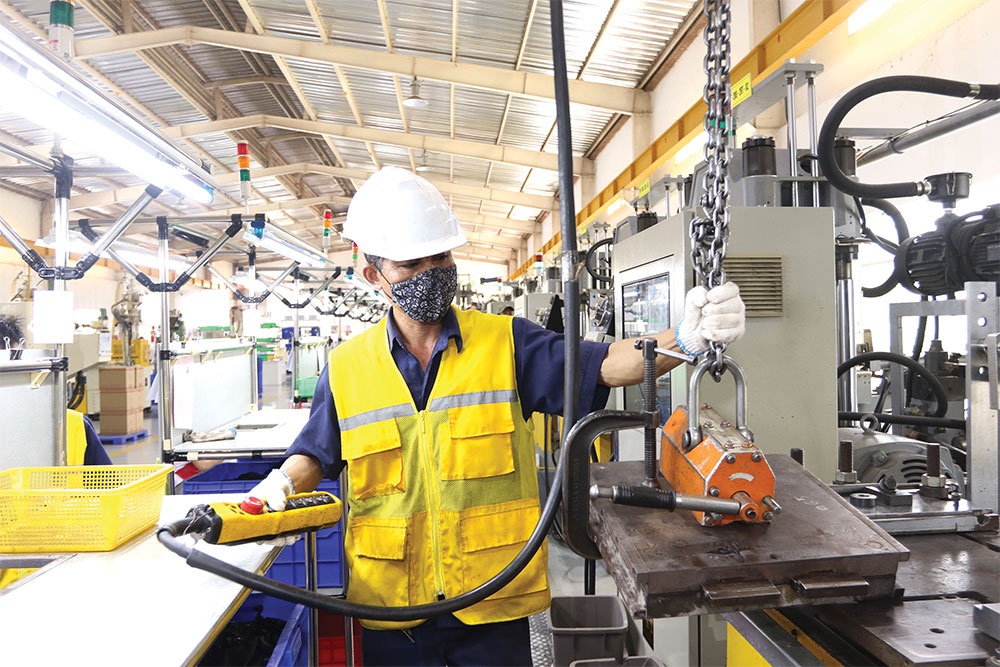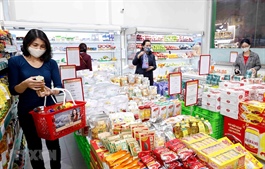Vietnam’s action plan for commodity import-export
Vietnam’s action plan for commodity import-export
With Vietnam set to maintain momentum to realise its dream of becoming an alternate global supply chain leader, the Fourth Industrial Revolution is providing a boost for global industries to look to Vietnam as a major manufacturing hub in the Southeast Asia region.
In April, the prime minister approved the Commodity Import-Export Strategy to 2030 (EIS). The overall aim of the EIS remains to support sustainable development of trade with a stabilised model with the ability to promote competitiveness and create comparative advantages, develop local brands, and improve the country’s participation in the global value supply chain.
The EIS provides for three main objectives. Firstly, it will embark on sustainable import and export on the basis of harmonious cooperation among the commodity, market formation, and trade balance with particularly complex market and market area. It further eyes to harmonise short-term and long-term national goals, including exploiting opportunities with a fair participation and benefit with illuming figures of import and export escalation.
The second objective is to expand commodity import and export in alliance with its investment in the development of economic-technical, sci-tech infrastructure, digital transformation, digital economy, development of sustainable production, and circulating and improving the quality of human resources.
The third aspect is to develop import and export in line with sectoral and local development planning schemes in order to promote competitive advantages, effectively exploit opportunities, limit the impact of challenges arising from the implementation of economic integration commitments, and participate more deeply in the global supply and value chain.
By industry for exports, it will be oriented that merchandise exports in the agriculture, forestry and aquaculture industry will increase the proportion of products created by deep processing systems and of high economic value; improve ability to meet quality, food hygiene, and safety regulations; boost corporate social and environmental responsibility criteria; and proactively adapt to and overcome trade barriers and trade remedies in overseas markets.
Merchandise exports in the processing and manufacturing industry will also require increase in the domestic content of exported goods, reduced dependence on imported raw materials, spare parts and components, increased proportion of products in the medium- and high-tech industry, and rapidly increased proportion of exported products with high tech and innovation content.
As for industries through imports, it will be oriented for actively adjusting the growth rate of merchandise imports; and controlling the import of domestically produced goods, luxury goods, non-essential goods as well as quality of imported goods.
The proportion of imported modern machinery, equipment, and advanced production lines from countries with developed industries will be boosted, and access to achievements of Industry 4.0 as a precondition for improvement of the productivity, quality, and competitiveness of exported products is a must.
Several aspects cover both export and import markets. The plan will seek to diversify markets, avoid excessive dependence on a single market, and strive for a healthy and reasonable bilateral trade balance, ensuring sustainability in the long term.
Decision No.1445/QD-TTg was signed in November, laying down the action plan to implement the EIS.
With that, ministries have new roles to take on. For example, the Ministry of Agriculture and Rural Development shall implement the agricultural restructuring plan in association with digital transformation, and development of a digital economy as well as green, clean, and sustainable production.
The Ministry of Industry and Trade will implement the plan and policies for restructuring of industries in association with digital transformation, especially in the processing and manufacturing industries, aiming to create a breakthrough and a new impetus for the production and export growth.
The Ministry of Science and Technology will develop policies for sci-tech and innovation activities to support trade and encourage research and development; implement national schemes and programmes for supporting importers and exporters; and support capacity building and goods certification.
The Ministry of Planning and Investment shall revise policies for supporting and encouraging cooperatives to apply high technologies to production and consumption of agricultural products; develop value chains of agricultural products associated with links in production, processing, and consumption of agricultural products; and promote the participation in supply chains which facilitate direct export of agricultural products.
In addition to that, the Ministry of Foreign Affairs will support with bilateral exchange of information among nations on the basis of effectively exploiting political and foreign relations for promoting economic advantages. Other ministries, the State Bank of Vietnam, and provincial people’s committees will also have a key role to play.
Funding for implementation of the EIS shall be derived from the state budget, capital of enterprises, grants, financial aid, and other mobilised funds as prescribed by law. In particular, the state budget shall provide partial funding, depending on its funding availability. The state budget funding for implementation of the strategy shall be subject to regulations of the Law on State Budget, the Law on Public Investment, and regulations on decentralisation of authority over the state budget funding that is in force.























